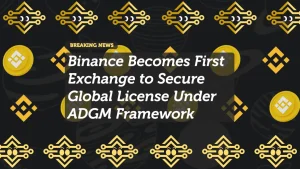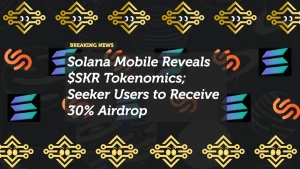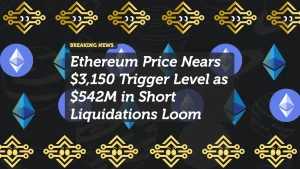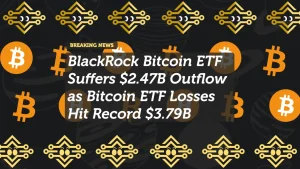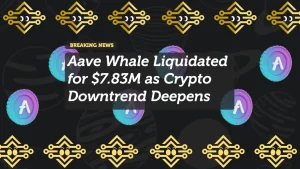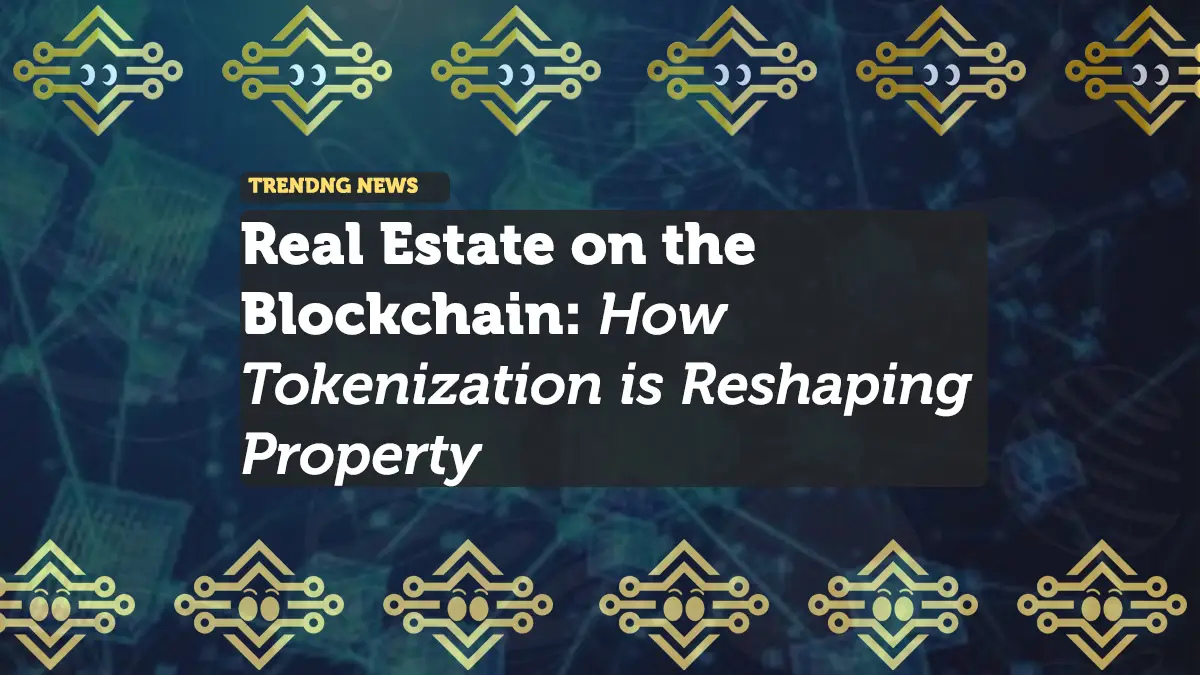
Real Estate on the Blockchain: How Tokenization is Reshaping Property Investment
Imagine owning a stake in a luxury Miami condo without needing millions of dollars or dealing with banks, realtors, or endless paperwork. In 2024, this became reality when a $10 million Miami property was tokenized, allowing global investors to buy fractional shares via blockchain. Each token represented ownership in the property, providing rental income and the ability to trade shares instantly on digital marketplaces.
This isn’t just theory—real estate tokenization is rapidly becoming a mainstream investment strategy. Blockchain enables real estate to be bought, sold, and traded like stocks, making property investment more liquid, accessible, and efficient than ever before.
The Miami Condo Case: Breaking It Down
In 2024, a luxury condo in Miami was tokenized into 10,000 blockchain-based shares on Ethereum. Here’s how it worked:
- Property Value: $10 million
- Tokens Issued: 10,000
- Token Price: $1,000 each
- Global Buyers: Investors from Dubai, Tokyo, and rural Ohio purchased fractional ownership
- Rental Income: $500,000 per year, distributed as stablecoins to token holders
Each investor received monthly rent proportional to their stake. A Dubai investor with 50 tokens earned $250/month, a Tokyo buyer with 20 tokens got $100/month, and an Ohio investor holding 5 tokens received $25/month—all without needing a property manager.
A Game-Changer for Real Estate Liquidity
Unlike traditional real estate, where selling property takes months, these tokens could be traded 24/7 on secondary markets like decentralized exchanges or specialized real estate platforms. If the condo’s value increased to $12 million, the Ohio investor could sell their tokens at a higher price—say, $1,200 each—just like stocks, without waiting for a buyer or dealing with realtors.
This flexibility marks a major shift from traditional property investment, where ownership is locked into long, illiquid transactions.
How It Works: The Technology and Legal Framework
Tokenization leverages blockchain technology to create a transparent and secure method for fractional real estate ownership.
Step 1: Asset Tokenization
A real estate owner partners with a blockchain platform (like RealT or Propy) to convert the property into digital shares. A Special Purpose Vehicle (SPV)—often an LLC—holds the property, and tokens represent shares in this legal entity.
Step 2: Token Creation and Sale
The SPV issues tokens on Ethereum (ERC-20 standard) or alternative blockchains like Polygon for lower fees. Investors buy tokens using crypto (ETH, BTC, USDC) or fiat currency.
Step 3: Rental Income Distribution
Smart contracts automate rent payments, converting cash into stablecoins like USDC and sending them directly to investors’ wallets.
Step 4: Secondary Market Trading
Token holders can sell their shares instantly on decentralized exchanges (DEXs) like Uniswap or real estate-specific platforms. Unlike traditional real estate, this eliminates intermediaries and speeds up transactions.
Legal Considerations
Tokenized real estate is classified as a security in the U.S. and must comply with SEC regulations such as Regulation D and Regulation S for accredited and offshore investors. Countries like the UAE and Switzerland are crafting crypto-friendly frameworks, accelerating adoption.
Real-World Examples of Tokenized Real Estate
1. Propy’s $42 Million Miami Mansion (2024)
In 2024, Propy, a blockchain-based real estate platform, listed a $42 million Miami mansion owned by entrepreneur Grant Cardone. The deed was minted as an NFT on Ethereum’s Base layer, allowing ownership to be digitally transferred.
2. The St. Regis Aspen Resort (2019-Present)
The St. Regis Aspen Resort in Colorado tokenized fractional ownership in 2019. While initial trading volume was slow, the project set a precedent for tokenizing luxury properties.
3. Dubai’s Growing Market
Developers in Dubai are now tokenizing high-end real estate, using blockchain to sidestep traditional financing and attract global investors.
4. The $220 Million Lumia Towers in Turkey (2025)
The Lumia Towers project in Istanbul, backed by Polygon’s blockchain, is one of the largest real estate tokenization projects to date, showing how this model can scale to mega-developments.
Why Real Estate Tokenization is Growing in 2025
Several factors are driving increased adoption of tokenized real estate:
1. Market Volatility Driving Investors to Stable Assets
With Ethereum recently dropping below $2,000, investors are seeking stable, asset-backed investments. Tokenized real estate offers consistent rental yields without the extreme fluctuations of cryptocurrencies.
2. Institutional Adoption
BlackRock’s $500 million tokenized Treasury fund and NASDAQ’s pending Dogecoin ETF filing signal growing institutional interest in blockchain-based investments. Tokenized real estate aligns with this trend, bringing blockchain to traditional finance.
3. Favorable Regulations
With the U.S. SEC softening its stance on crypto and the upcoming White House Crypto Summit (March 7, 2025), the legal landscape for tokenized assets is becoming clearer, encouraging more real estate firms to explore this technology.
Advantages and Challenges of Tokenized Real Estate
Advantages
✔ Lower Entry Costs – Investors can buy fractional shares instead of entire properties.
✔ Instant Liquidity – Tokens can be traded anytime, unlike traditional real estate.
✔ Transparent Ownership Records – Blockchain ensures fraud-proof transactions.
✔ Global Investment Opportunities – No geographical barriers for investors.
Challenges
⚠ Regulatory Uncertainty – Different countries have different rules, creating complexity.
⚠ Smart Contract Risks – Code vulnerabilities could expose investors to security risks.
⚠ Adoption Lag – While growing, secondary markets for real estate tokens are still maturing.
What’s Next for Real Estate on the Blockchain?
By 2030, tokenized real-world assets (RWAs) are projected to reach $16 trillion. Beyond condos, this model could extend to:
- Tokenized REITs (Real Estate Investment Trusts)
- Farmland and Agricultural Investments
- Skyscrapers and Commercial Buildings
- DeFi Integration – Borrowing against real estate tokens or staking them for yields
Blockchain is reshaping property ownership, making real estate more accessible, transparent, and liquid than ever before.
Conclusion
The Miami condo tokenization is just one example of how blockchain is revolutionizing real estate investment. By allowing global, fractional ownership with 24/7 liquidity, tokenized real estate solves many of the inefficiencies of traditional property markets.
With growing institutional interest, clearer regulations, and increasing investor demand, the tokenized real estate market is set for massive expansion in the coming years.
As platforms like RealT, Propy, and Blocksquare continue innovating, the way we buy, sell, and invest in property may soon be fully digitized.











